Anyone growing Nyssa sinensis?
echolane
7 years ago
Featured Answer
Sort by:Oldest
Comments (54)
Sara Malone Zone 9b
7 years agoEmbothrium
7 years agolast modified: 7 years agoRelated Discussions
Spiranthes sinensis grow quickly after potting--why?
Comments (2)Just guessing that it is because because the soil in the smaller pots is less compacted than "lawn soil" and there are better conditions for the roots to grow and take up nutrients....See Moreanyone grow or tried ogeechee lime (Nyssa ogeche)?
Comments (1)I purchased a couple last month, and yes it is the white tupelo. Maybe in a few years can comment on the fruit....See Morenyssa sylvatica
Comments (11)Amy, I'm in Northern Cal so can't opine about timing issues for you or cold tolerance but I have about a dozen N. sylvatica - both straight species and pendula. I got them specifically because they tolerate wet feet and they are in the wettest part of my property and stay soggy for months in winter and into late spring. Then they go bone dry for a few months and tolerate that, too. Clearly their roots do ok with less oxygen than most. Also, I do not have acid soil - I'm pretty near neutral pH and the spot that they're in is not well-drained, and my trees have thrived. Your Zydeco Twist looks fabulous. I moved one after a few years in the ground and it took it ok, just set it back a bit - it's still smaller than the others. They leaf out later than some here, but way ahead of the crape myrtles, for example. Mine have been in for about 12 years and are perhaps 15' tall. My only complaint is suckering, but not all of mine do it and I wonder if I planted those that do too deep? I have a Parrotia persica near the biggest clump of Nyssas - it is a much slower grower (mine is 'Select') and I did plant that one up on a mound as I was a bit concerned about the drainage there - it has done fine also. They're native to Iran and are pretty tough I think. The only C. kousa that I have grown I killed but my fault not the tree's. Great choices for fall color! Here is a link that might be useful: Form and Foliage...See MoreAnyone growing Toona sinensis 'Flamingo' in zone 5?
Comments (19)I actually found the source last year and I will have to search for the name of the nursery. It seems they were located in WA, OR - possibly CA. I know it was west coast. I planted mine in a gallon container and it is growing quite well so far. Mine was stored in a fairly dark garage for its 1st winter so did not display much if any pink although admittedly I did not notice it when it first sent out growth. By the time I moved all my plants outside for the spring it already had substantial growth and was green....See Moreecholane
7 years agolast modified: 7 years agoecholane
7 years agoSara Malone Zone 9b
7 years agoalabamatreehugger 8b SW Alabama
7 years agoSara Malone Zone 9b
7 years agoecholane
7 years agodavidrt28 (zone 7)
7 years agolast modified: 7 years agodavidrt28 (zone 7)
7 years agolast modified: 7 years agoecholane
7 years agolast modified: 7 years agoEmbothrium
7 years agoecholane
7 years agoSara Malone Zone 9b
7 years agolast modified: 7 years agoEmbothrium
7 years agolast modified: 7 years agoecholane
7 years agolast modified: 7 years agoecholane
7 years agoSara Malone Zone 9b
7 years agoSara Malone Zone 9b
7 years agoEmbothrium
7 years agolast modified: 7 years agoecholane
7 years agoecholane
7 years agodavidrt28 (zone 7)
7 years agoEmbothrium
7 years agolast modified: 7 years agoecholane
7 years agoecholane
7 years agoecholane
7 years agolast modified: 7 years agobengz6westmd
7 years agoSara Malone (Zone 9b)
7 years agoecholane
7 years agoecholane
7 years agoSara Malone Zone 9b
7 years agoecholane
7 years agolast modified: 7 years agoSara Malone (Zone 9b)
7 years agoecholane
7 years agolast modified: 7 years agoSara Malone (Zone 9b)
7 years agoEmbothrium
7 years agoecholane
7 years agoEmbothrium
7 years agolast modified: 7 years agoecholane
7 years agolast modified: 7 years agoSara Malone (Zone 9b)
7 years agoecholane
7 years agodavidrt28 (zone 7)
7 years agolast modified: 7 years agoEmbothrium
7 years agolast modified: 7 years agoecholane
7 years agoMike McGarvey
7 years agoecholane
7 years agoMike McGarvey
7 years agoecholane
4 years agolast modified: 4 years ago
Related Stories

FARM YOUR YARDHow to Grow Vegetables in Containers
Get glorious vegetables and fruits on your patio with a pro’s guidance — including his personal recipe for potting mix
Full Story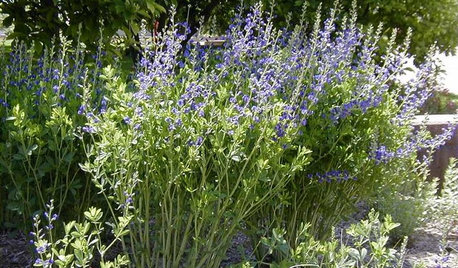
GARDENING GUIDES5 Great Plants for Borders and Screens
Get the effects of a shrub but in less time — and drawing more winged pollinators — with these herbaceous perennials
Full Story
REGIONAL GARDEN GUIDESCalifornia Gardener's March Checklist
Give natives and tropicals a well-deserved spotlight — plus, discover an easy herb that keeps on giving
Full Story
LAWN ALTERNATIVESStop Fighting the Patchy Lawn!
Here are 3 situations where a garden may be a better idea than more turfgrass
Full Story
FALL GARDENING11 Trees for Brilliant Fall Color
Give your landscape the quintessential look of autumn with the red, orange and yellow leaves of these standouts
Full Story
FALL GARDENINGWhy Fall Is the Best Time for Planting
Spring is overrated for planting. Starting plants in autumn has advantages for both garden and gardener
Full Story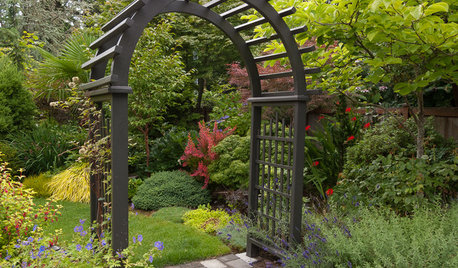
PLANTING IDEASGreat Garden Combo: 9 Plants for an Intriguing Entrance
Layer trees, flowers and shrubs around an archway to create the feeling of a year-round doorway to adventure
Full Story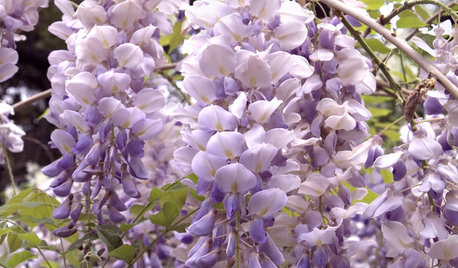
SPRING GARDENINGSpring Planting: Wonderful Wisteria
Classic Vines Add Fragrance, Color and Romance to Garden Designs
Full Story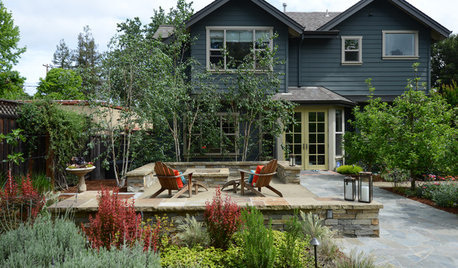
EVENTSSpring Tour: Landscape Designs for Living
Northern California yards in a spring garden tour show that landscape design is all about the experience
Full StorySponsored
Zanesville's Most Skilled & Knowledgeable Home Improvement Specialists






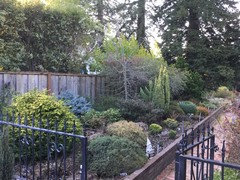
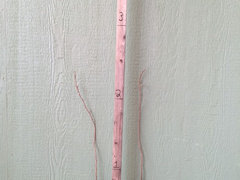
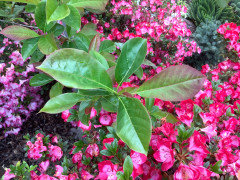






Embothrium